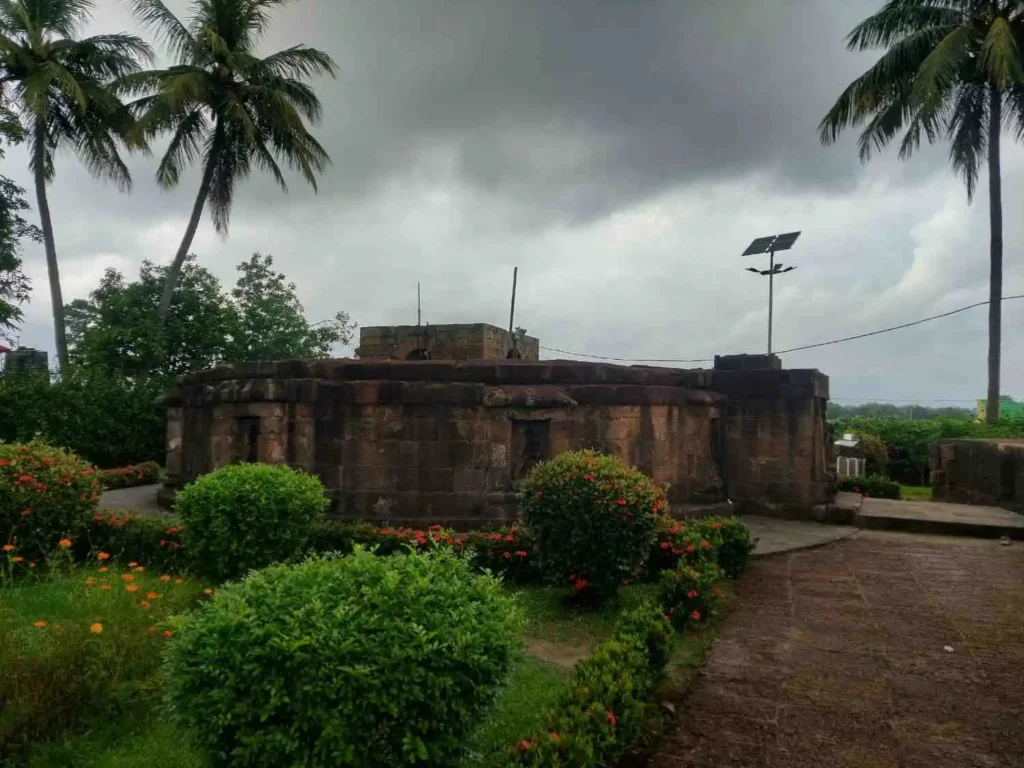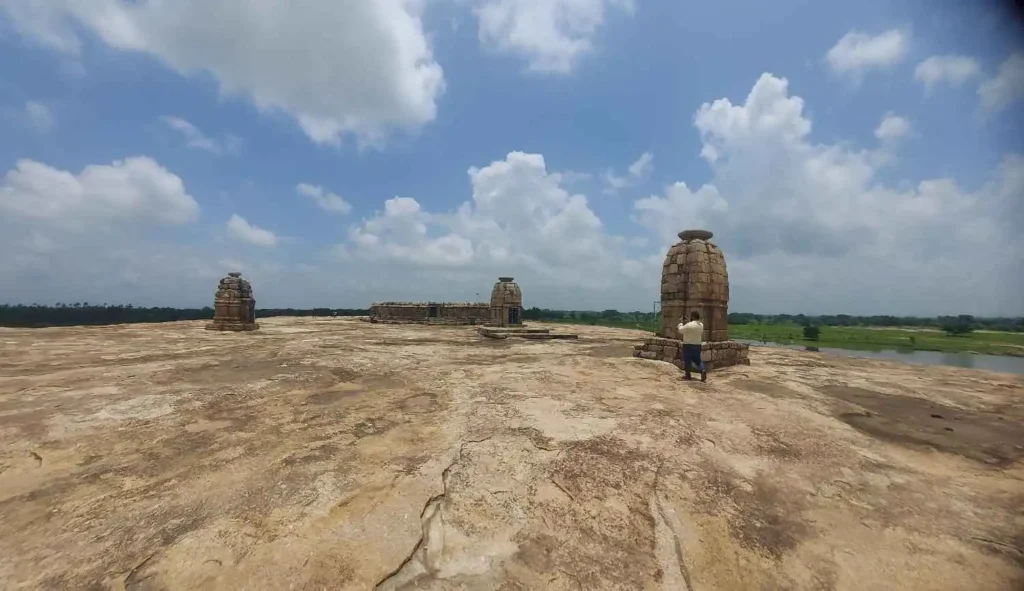
Table of Contents
Where is Ranipur Jharial?
Ranipur and Jharial are twin hamlets located in Bangomunda Block of Balangir district, Odisha. Interestingly, these two villages rest along the Titilagarh–Kantabanji road, accessible via an 8 km stretch from Mundpadar. Moreover, the site lies close to the Tong River, a tributary of Tel, and forms a part of the historically significant Tel Valley.
Furthermore, the entire region is surrounded by a constellation of historical sites—Narisinghnath, Maraguda, Podagarh, Saintala, Asurgarh, Patnagarh, and more—making it a rich zone for archaeologists and culture lovers alike.
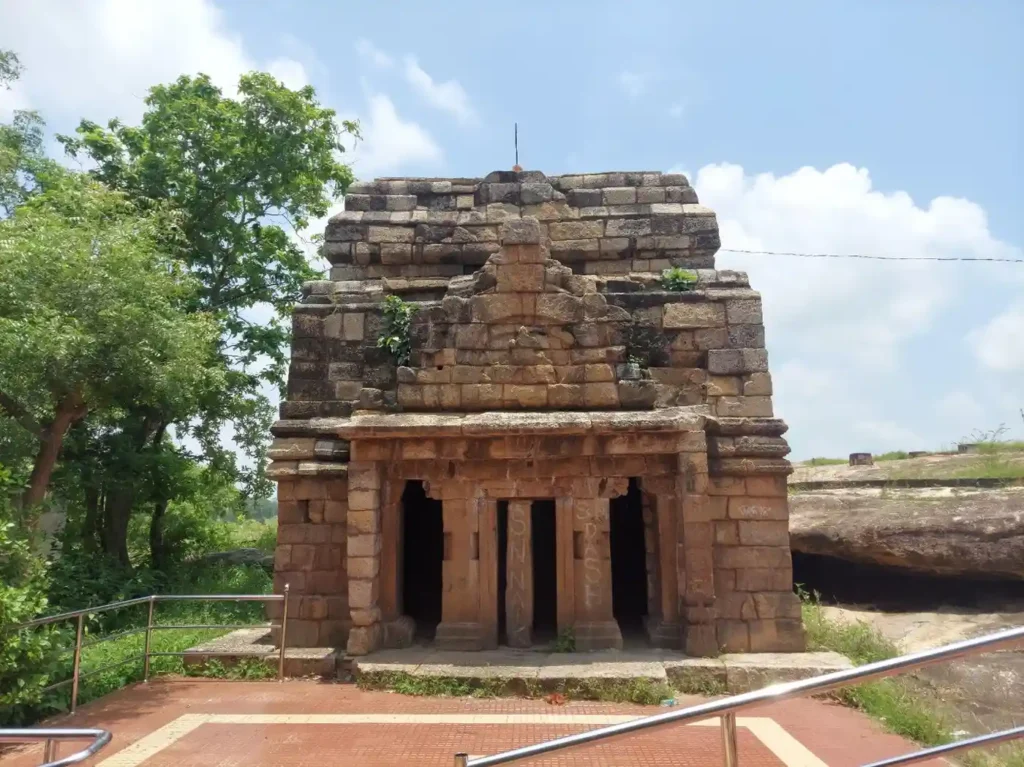
Historical Significance
Ranipur and Jharial are twin hamlets located in Bangomunda Block of Balangir district, Odisha. Interestingly, these two villages rest along the Titilagarh–Kantabanji road, accessible via an 8 km stretch from Mundpadar. Moreover, the site lies close to the Tong River, a tributary of Tel, and forms a part of the historically significant Tel Valley.
Furthermore, the entire region is surrounded by a constellation of historical sites—Narisinghnath, Maraguda, Podagarh, Saintala, Asurgarh, Patnagarh, and more—making it a rich zone for archaeologists and culture lovers alike.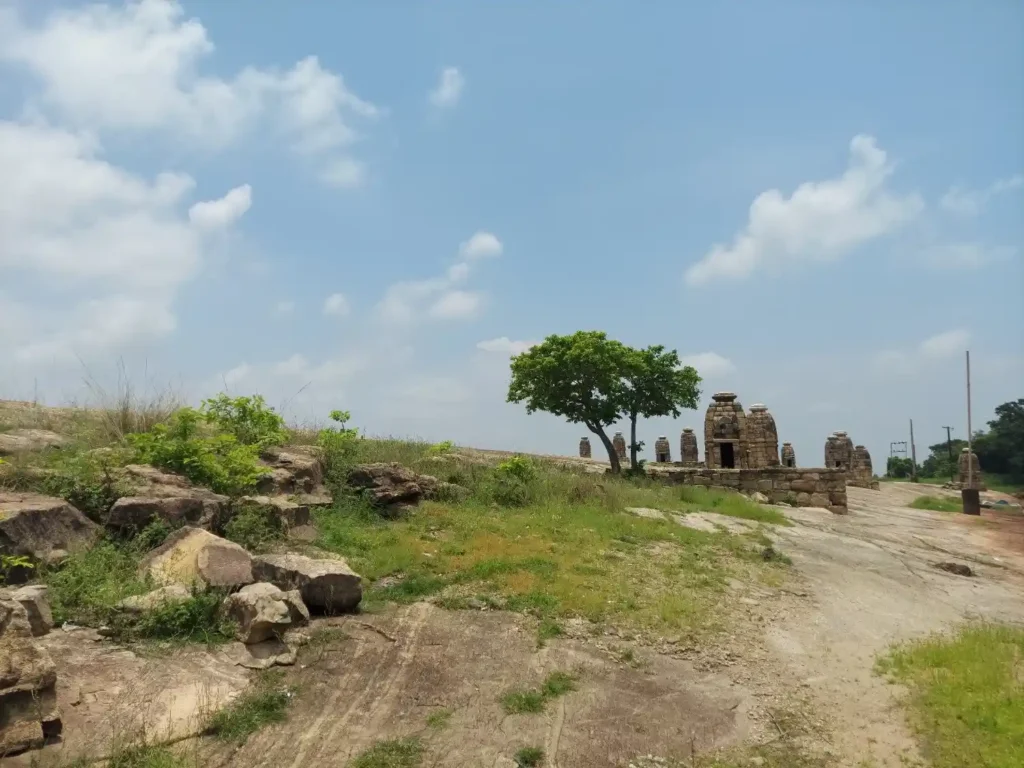
The Hypaethral 64 Yogini Temple
- To begin with, the temple houses 62 Yogini idols in niches around the circular wall.
- In addition, a central dancing Shiva idol (with six arms) sits inside a small roofed porch.
- However, two Yogini idols are believed to be missing near the southern entrance.
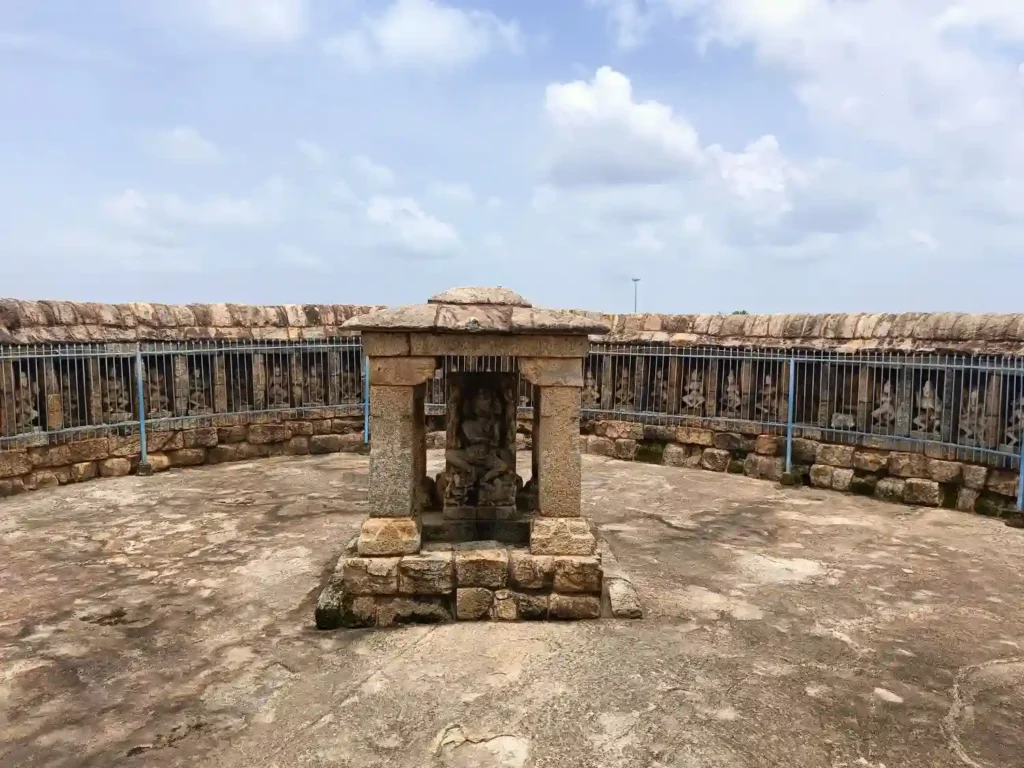
Other Important Monuments at Ranipur Jharial
Leharigudi Temple
Someswar Temple
Still in good shape, this temple features:
- An inscription by Gangana Siva.
- A beautiful Garbhagriha (sanctum) housing a Shiva Linga.
- Sculptures of Durga, Vrisabha (bull), Naga/Nagi, and Gajalaxmi.
Indralath Brick Temple
- A towering brick temple over 60 feet high.
- Initially thought to be Vishnu’s, later confirmed as Shiva’s.
- Contains idols of Shiva-Parvati, Ganesh, and an ancient water channel from the Linga.
Ranigudi
Architectural and Religious Significance
Clearly, Ranipur Jharial reflects the fusion of Saiva, Shakta, Vaishnava, and Tantric ideologies. Notably, the massive presence of temples (once over 200 as per early surveys) showcases:
- Firstly, the cultural patronage of regional rulers.
- Secondly, a high point of post-Gupta architectural excellence.
- Thirdly, continuity from Buddhism to Shaivism.
Furthermore, the architectural variety, from sandstone temples to brick towers, makes this site a live museum of Odisha’s religious evolution.
Why Should You Visit Ranipur Jharial Today?
- Spiritual rejuvenation in serene surroundings,
- Historical immersion into Odisha’s cultural past,


